
Home > Phylum selection > Arthropoda > Araneae
Home How to cite this site Terms & conditions Disclaimer Contact Site tutorial / Help Links |
Key to the German families of Araneae: Adults, part 1 True spiders Webspinnen |
| Key for adults. Part
1, Mygalomorphae and Haplogynae (Note 1: use only to identify German species; key may not be valid for other countries) (Note 2: key accounts for normal individual variation, but should not be used to identify strong aberrations or damaged specimens) 1a Claws of the cheliceres parallel to the body axis, moving up and down (orthognathous cheliceres). In German species the basal segment of the cheliceres is massive and projects forward and, viewed directly from above, is as long or longer than the prosoma. . . . . . . . . . . . . . . . . . . . . . . . . . . . . . . . . . . . . . . . . . . . . . . . . . . . . . . . . Atypidae 1b Claws of the cheliceres roughly perpendicular to the body axis, moving outward and inward, thus serving as a pincer (labidognathous cheliceres). In German species the basal segment of the cheliceres, viewed directly from above, looks shorter than the prosoma. . . . . . . . . . . . . . . . . . . . . . . . . . . . . . . . . . . . . . . . . . . . . . . . . . . . . . 2 2a The main eyes are lacking, therefore the spiders have only six eyes. . . . . . . . . . 3 2b The main eyes are present, therefore the spiders have eight eyes. Note that the main eyes may be very small, especially in cavernicolous species; thus look closely for the presence of the main eyes, which are always located at the anterior end. Also note that some of the secondary eyes may be located elsewehere on the prosoma and, if overlooked, the spider may be mistaken for a six eyed spider. Thus, observe the entire surface of the prosoma for the presence of eyes, not just the anterior end. . . . . . . . . . . . 7 3a Tiny spiders of maximally 2.5 mm, but usually less than 2 mm body length. If in exceptional cases larger than 2.5 mm, then body of pale brownish color without a black "tiger" pattern. . . . . . . . . . . . . . . . . . . . . . . . . . . . . . . . 4 3b Larger species, minimally 3 mm, but usually significantly larger. If in exceptional cases only 3 mm, then body with a beautiful "tiger" pattern of orange-brown and black color. . . . . . . . . . . . . . . . . . . . . . . . . . . . . . . . . . . . . . . . . . . . . . . . . . 5 4a Extremely small, less than 1 mm long. Eyes in a specific pattern with four anterior and two more posterior (Fig. 1) . . . . . . . . . . . . . . . . . . . . . . . . . . . . . . Ochyroceratidae 4b Usually larger than 1.5 mm long. Eyes in a pattern with two anterior and four posterior (Fig. 2) or in a tight cluster with two central ones (Fig. 3). . . . . . . . . . . . . . . Oonopidae 5a Eyes close together and arranged a circle (Fig. 4). . . . . . . . . . . . . . . . . . . . . . . . . . . . . . . . . . . Dysderidae 5b Eyes not arranged in a circle. . . . . . . . . . . . . . . . . . . . . . . . 6 6a Two eyes next to each other at the anterior end, the remaining eyes more posterior, two on the left side, two on the right side (Fig. 5). . . . . . . . . . . . . . . . . . . . Scytodidae 6b Two eyes next to each other at the anterior end, the remaining eyes directly next to them, two on the left side, two on the right side (Fig. 6). . . . . . . . . . . . . . . Segestriidae 7a All walking legs are extremely long and thin, 4 to 5 times the body length. . . . . . . . . . . . . . . . . . . . . . . . . . . . . . . . . Pholcidae 7b Walking legs not extremely long and thin, maximally 3 times the body length. . . . . . . . . . . . . . . . . . . . . . . . . . . . key for Entelegynae (coming soon) 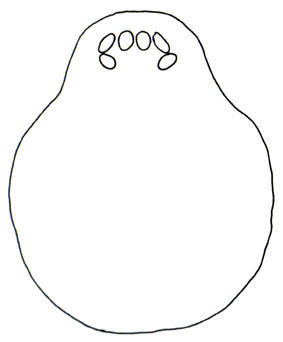 Figure 1. Prosoma and eye pattern of Theotima minutissima (Ochyroceratidae). After Saaristo 1998. 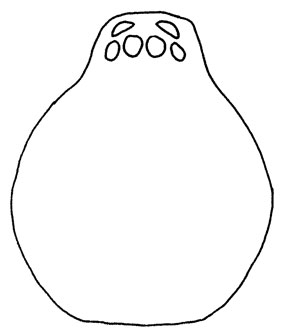
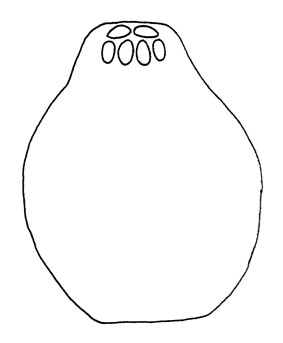 Figure 2. Left: prosoma and eye pattern of Silhouettella loricatula (Oonopidae). After Wiehle 1953. Right: prosoma and eye pattern of Ischnothyreus velox (Oonopidae). Combined after several sources. 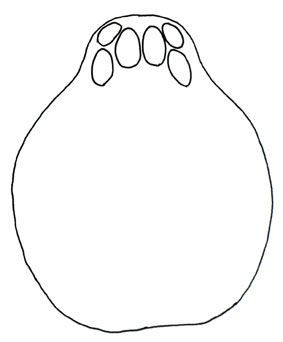 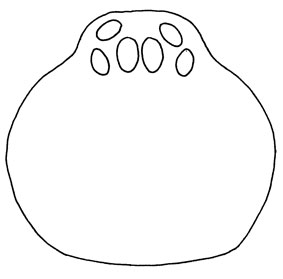 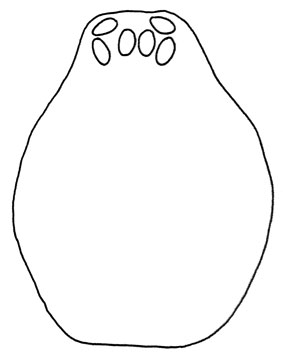 Figure 3. Left: prosoma and eye pattern of Tapinesthis inermis (Oonopidae). After Korenko et al. 2007. Center: prosoma and eye pattern of Oonops domesticus (Oonopidae). After Wiehle 1953. Right: prosoma and eye pattern of Triaeris stenaspis (Oonopidae). After Korenko et al. 2007. 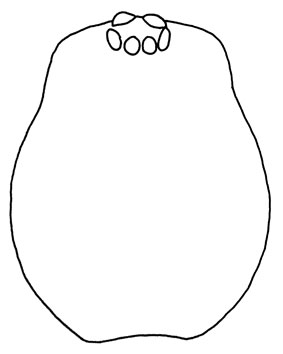 Figure 4. Prosoma and eye pattern of Dysdera crocata (Dysderidae). After Hannemann et al. 1992. 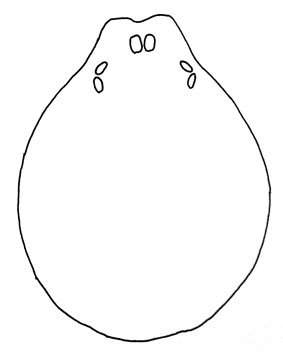 Figure 5. Prosoma and eye pattern of Scytodes thoracica (Scytodidae). After Hannemann et al. 1992. 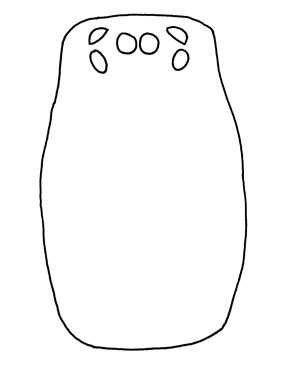 Figure 6. Prosoma and eye pattern of Segestria senoculata (Segestriidae). After Hannemann et al. 1992. |
| This page has
been updated on May 15, 2012 This site is online since May 31, 2005 Copyright © by Nikola-Michael Prpic. All rights reserved. |
|
Main page: Araneae References  |